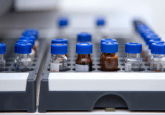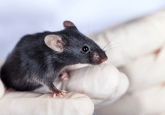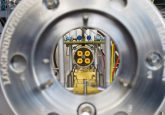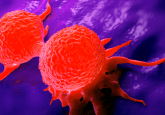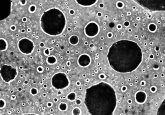Novel combination methodology increases the resolution of proteomic analysis by mass spectrometry
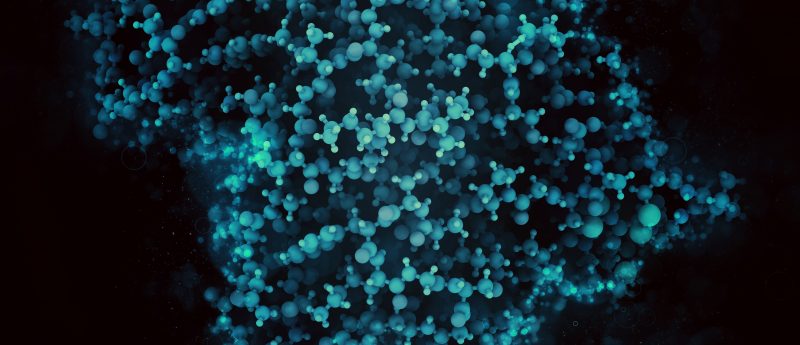
Findings from a study recently published in Proteomics highlight a novel method to increase the resolution of proteomic analysis by mass spectrometry.
A research team from the Neuroproteomics Laboratory at the University of Campinas (UNICAMP; Sao Paulo, Brazil) combined two-dimensional liquid chromatography and ion mobility to successfully identify 10,390 proteins expressed in oligodendrocytes, improving on a previous study utilizing single-dimensional liquid chromatography identifying only 2290 proteins.
The team have been continuously studying the human oligodendrocyte proteome, building an online database to try to better understand the causes of schizophrenia as a basis for proposing novel therapeutic approaches.
“We now have a far more complete oligodendrocyte protein database, which will be useful for our own studies and those of other researchers in the field,” author, Daniel Martins-de-Souza (UNICAMP), explained. “It’s available online, and the data can be downloaded. In addition, the optimization technique can be used to study the proteome of any biological sample.”
Current treatments for schizophrenia are focused on neurons, but there is concern that the neural communication failures observed in patients may in fact be due to oligodendrocyte dysfunction. “One of our research lines consists of evaluating how the drugs used to control schizophrenia modify the oligodendrocyte proteome,” Martins-de-Souza added. “With this new methodology, we can obtain five times more information on the role of these drugs.”
Sources: Cassoli JS, Brandão-Teles C, Santana AG, Souza GHMF, Martins-de-Souza D. Proteomics doi:10.1002/pmic.201700209 (2017)(Epub ahead of print); https://phys.org/news/2018-01-methodology-resolution-oligodendrocyte-proteomics.html

